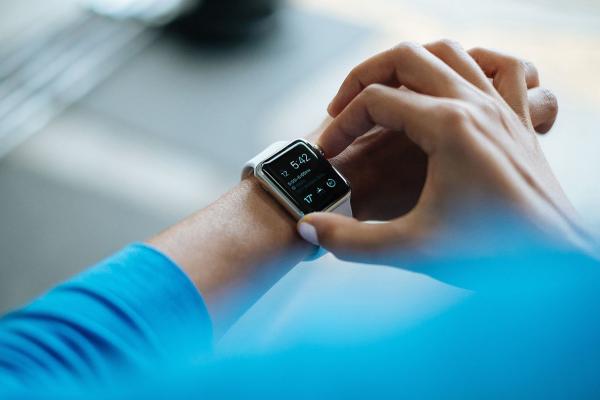
By Annie Keller
Published August 23, 2020
Coronavirus disease (COVID-19) has caused a drastic increase in telehealth visits and an increase in remote monitoring by a wearable device. Cardiology patients , in particular, have been encouraged to buy the devices, and they have done so in droves. From simple devices that monitor blood pressure and heart rate to more elaborate models that can take EKG’s and more sophisticated readings, the market for them has exploded.
A recent device from Purdue University is a study in what the more elaborate models can do. It uses wearable triboelectric nanogenerators (TENGs) with polyvinyl alcohol (PVA) -based contact layers that use skin pulses to take readings. It can work as a continuous echocardiogram without the more invasive nature of that procedure. More importantly, it is powered by contact with the skin and does not need to be recharged. Another recent device is worn on the finger and can monitor heart rhythms.
Doctors have been embracing the devices as well. One study from August 2020 in the IEEE Open Journal of Engineering in Medicine and Biology found that the approval of such devices from doctors surged from 10% to 60%. It also found 60 million people in the US were currently using some form of the wearable device.
If the devices have a downside, it is their cost . Even the least expensive devices are out of the range of some. The American Heart Association believes so strongly in remote monitoring that it has been donating remote blood pressure monitors to health centers, in hopes they will give them to patients who are unable to afford them. Insurance frequently does not cover the devices. Doctors are currently pushing for more insurance coverage for remote monitoring devices because of the pandemic and because the devices can help deal with heart problems from home before the patient requires hospitalization (thus saving money for the patient and the insurer).
Remote monitoring by the wearable device has the potential to save lives and money. With the pressure of the COVID pandemic at hand, perhaps insurance companies will cover the cost of the devices more often.

 Previous Post
Previous Post Next Post
Next Post